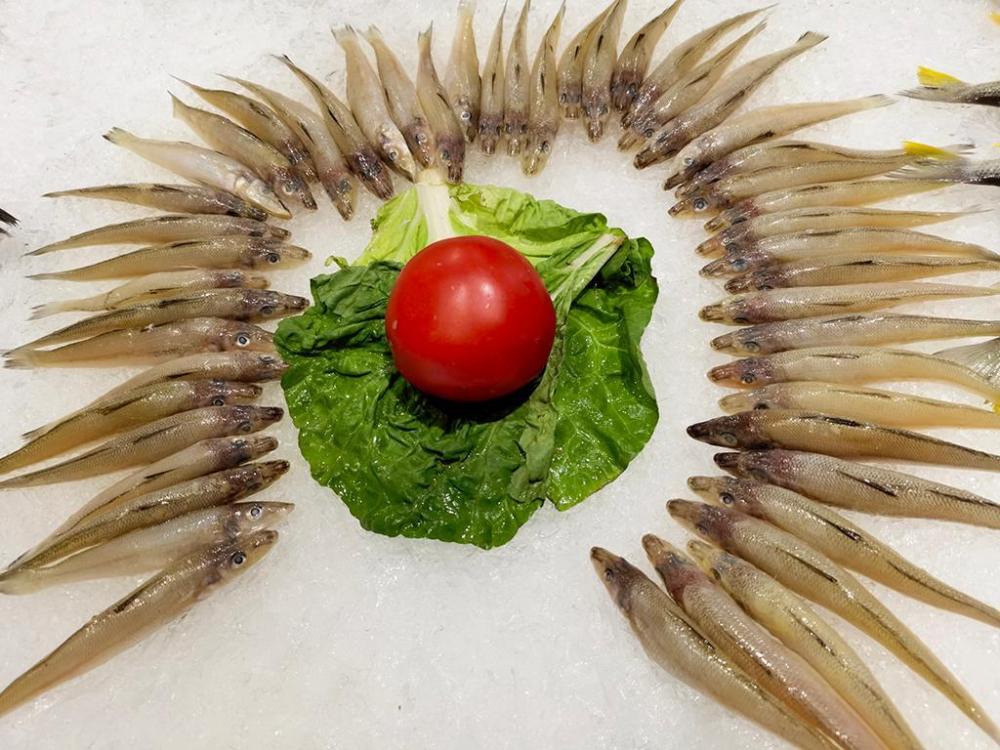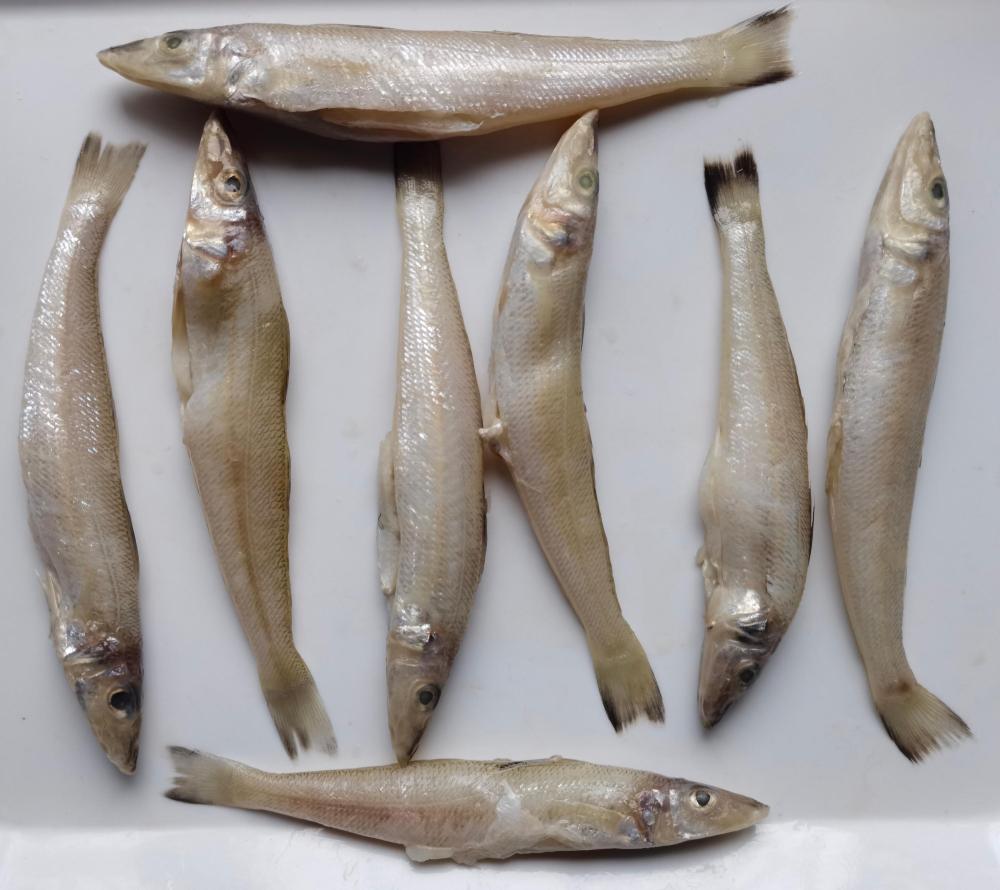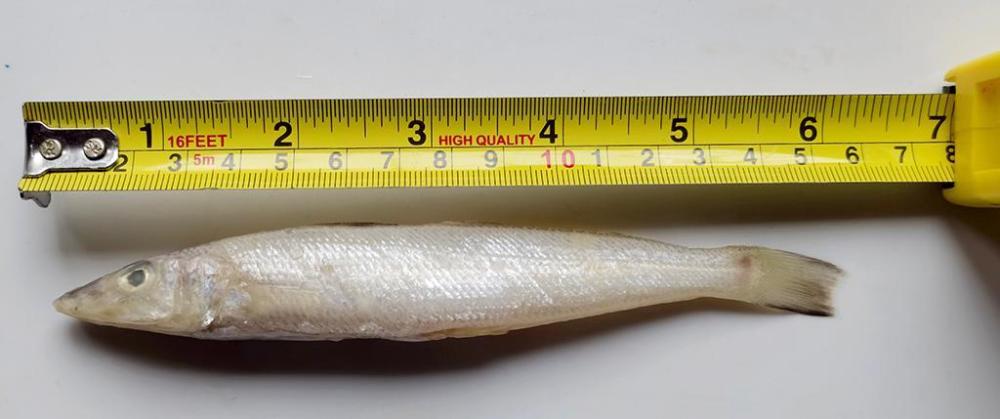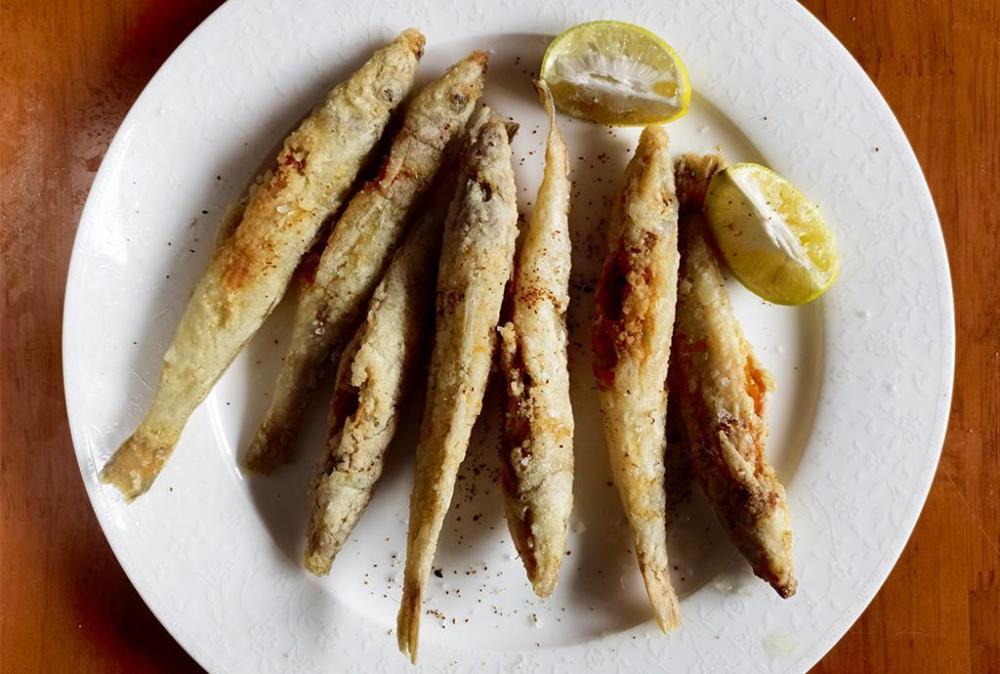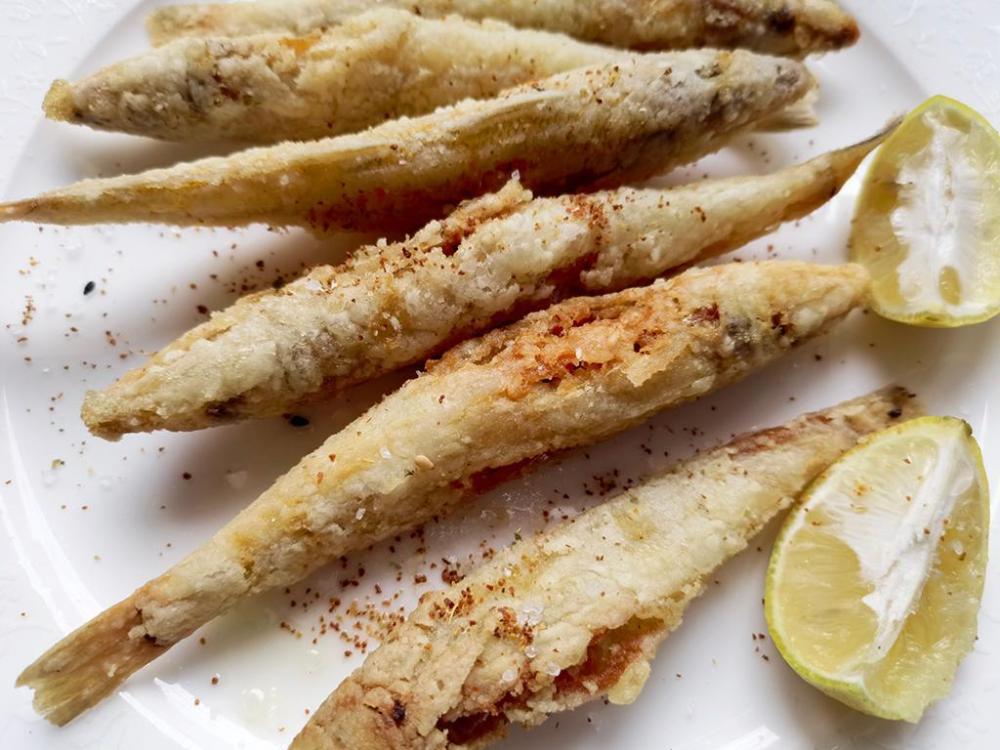I love fresh sardines; have done since I was a kid. One of my warmest and earliest memories is being on a quayside in southern France, near the Mediterranean border with Spain, eating freshly grilled sardines straight off the boat. I must have been about four years old.
Here in China, I’ve never seen a fresh sardine, which isn’t really surprising. They aren’t found in Chinese waters. At least, not what I call sardines.
I mentioned this to a Chinese friend years ago and she told me “Of course, we have sardines”. I clarified that she wasn’t talking about canned sardines, another topic which I will get back to later. “Every supermarket has them!”, she declared.
So, I got her to show me. At the fish counter she pointed to some small skinny fish and triumphantly pointed to the sign reading 沙丁鱼 (shā dīng yú). This is a loanword from English with the first two characters being pronounced vaguely like ‘sardine’ and the third meaning ‘fish’. Chinese doesn’t really have its own name for sardines. (Some joker will point me to the word 鳁 or 鰛 (wēn), but that’s a made up name, too and rarely used. It isn’t even in most dictionaries.)
Not sardines, but Japanese Sardinella. The gap in the circular display is where the samples I bought were placed before I messed up the hard work.
Anyway! They look and taste nothing like the sardines I was used to, the European sardine, Sardina pilchardus. I did a bit of research and found out what these really are, Sardinella zunasi, sometimes known as Japanese sardinella. They are not particularly Japanese though, but are common all around the eastern coast of China, too. The two species are distantly related. That’s all.
The Missing Sardinella
These are straight bodied and about 15 cm / 6 inches long and about 2 cm / ¾ of an inch at their widest.
They are most often gutted and quick fried, perhaps in breading / batter but more often just dipped in seasoned flour or starch, and even more often as they come. They don’t have the typical oily flavour I associate with European sardines.
Japanese Sardinella coated in seasoned potato starch and deep-fried. Served with shichimi togarashi, sea salt and mini lemons.
Japanese Sardinella coated in seasoned potato starch and deep-fried. Served with shichimi togarashi, sea salt and mini lemons.


